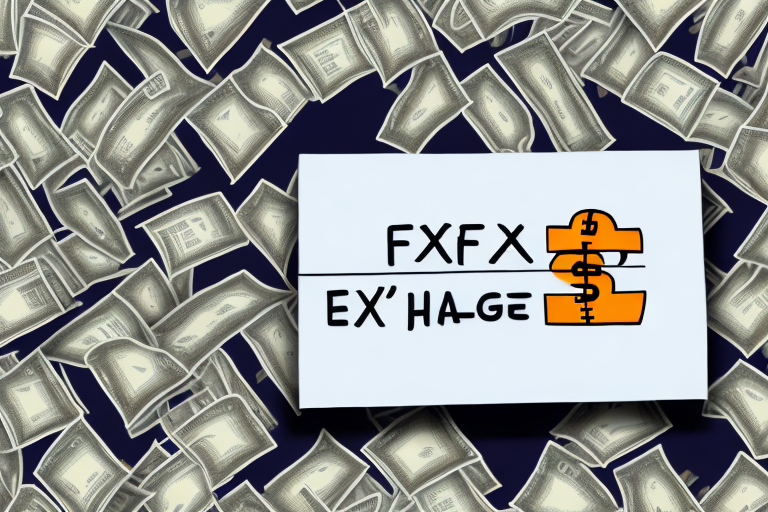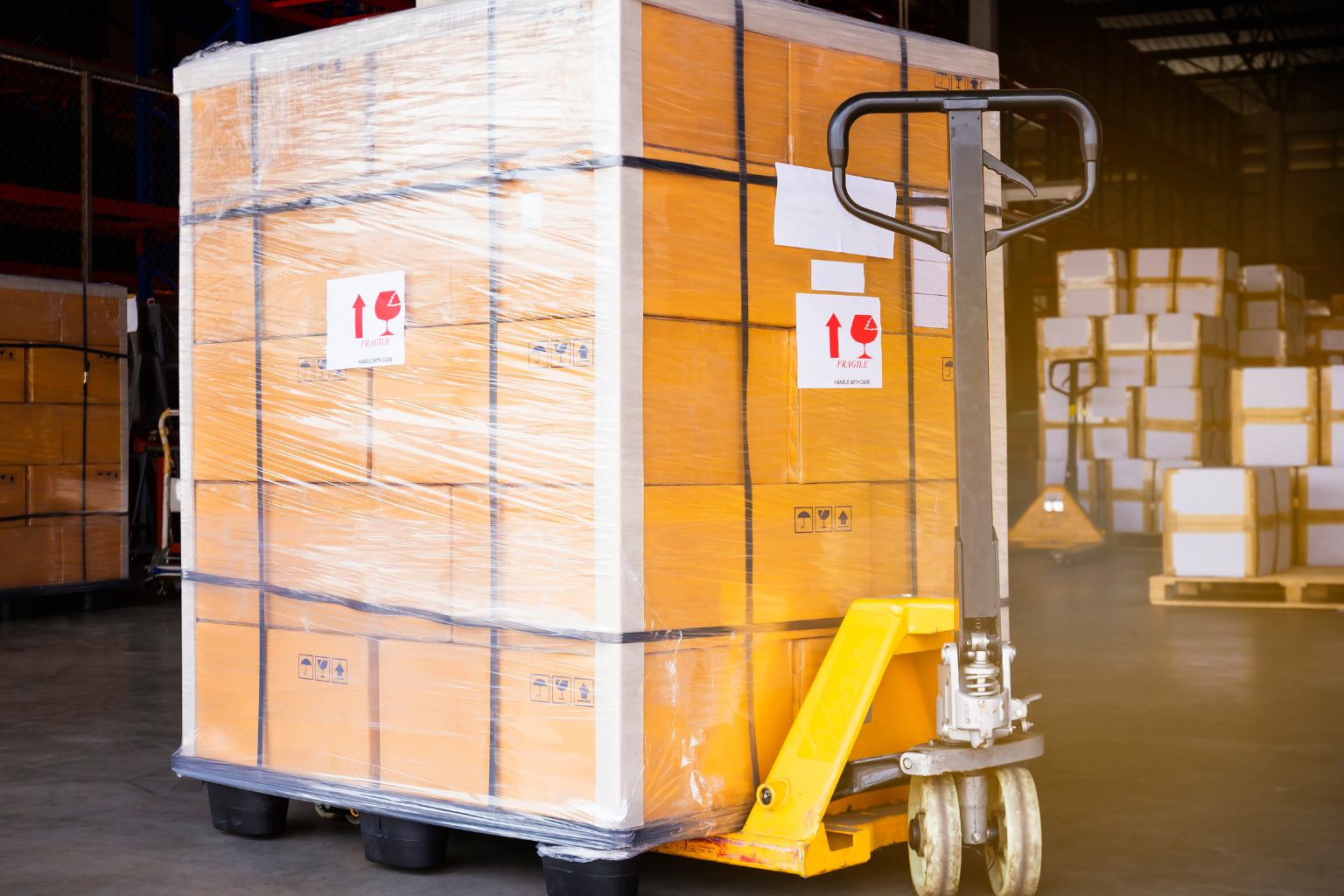Understanding FedEx Declared Value Charge
If you frequently ship items with FedEx, you may have come across the FedEx Declared Value Charge. This fee is applicable for customers who wish to declare a higher value for their shipment than what is automatically covered by FedEx. In this article, we will explore everything you need to know about the FedEx Declared Value Charge, including its definition, calculation, and key considerations.
What is the FedEx Declared Value Charge?
The FedEx Declared Value Charge is an optional service that allows shippers to declare a higher value for their shipment, effectively providing additional protection beyond the automatic coverage offered by FedEx. By opting for this service, you are purchasing an extra layer of security for your shipment at an additional cost.
It's important to distinguish the Declared Value Charge from shipping insurance. While the Declared Value Charge offers some protection, it has specific limitations and exclusions. For instance, it may not cover damages resulting from improper packaging or handling. Always review the terms and conditions of this service to ensure it meets your shipping needs.
How is the FedEx Declared Value Charge Calculated?
The Declared Value Charge is calculated based on the declared value of your shipment, which represents the maximum amount FedEx will pay if your shipment is lost, damaged, or stolen. Typically, the charge is a percentage of the declared value and varies depending on the type of item being shipped and the associated risk.
For example, shipping high-value items like electronics or jewelry may incur higher Declared Value Charges due to the increased risk. It's crucial to accurately declare the value to ensure adequate coverage without overpaying.
Eligible Items for FedEx Declared Value Program
Most types of goods are eligible for the FedEx Declared Value program, but there are notable exceptions. Items such as cash, jewelry, and precious stones may have specific restrictions or may require additional documentation. Hazardous materials also fall under special regulations and may incur extra fees.
Additionally, there are limitations on the maximum declared value for certain categories:
- Artwork: Up to $100,000
- Antiques: Up to $20,000
- Electronics: Varies based on item
Before utilizing the FedEx Declared Value program, review FedEx’s list of restricted and prohibited items to ensure your shipment complies with all guidelines. More details can be found on the FedEx Official Website.
Benefits and Considerations of Using the Declared Value Program
Benefits
The primary advantage of using the FedEx Declared Value program is the enhanced protection it offers for your shipment. In cases where your package is lost, damaged, or stolen, the declared value can help cover the cost of replacement or reimbursement, providing peace of mind.
Another significant benefit is the customization of coverage. You can declare a value up to $100,000 for most packages, allowing flexibility based on the shipment's worth. This is particularly useful for high-value items or important documents that require extra security.
Common Misconceptions
A common misconception is that the Declared Value Charge is synonymous with insurance. While both offer protection, they are distinct services. The Declared Value Charge provides limited coverage based on the declared amount, whereas insurance can offer broader coverage options.
Another misunderstanding is that the Declared Value Charge is mandatory. In reality, it is an optional service. If you choose not to declare a value, FedEx will default to a minimum value coverage, which may not be sufficient for valuable shipments.
How to Properly Declare Value and Minimize Charges
Accurately declaring the value of your shipment is crucial. Under-declaring can result in inadequate coverage, while over-declaring may lead to unnecessary charges. Here are some tips to manage your Declared Value Charge effectively:
- Accurate Valuation: Assess the true value of your items to avoid over or under-declaration.
- Secure Packaging: Properly package your items to minimize the risk of damage, potentially reducing the need for higher declared values.
- Alternative Shipping Methods: Consider shipping methods or carriers that offer better rates for declared values.
- Insurance Options: Explore additional insurance options that might provide better coverage at competitive rates.
For international shipments, research the customs regulations and requirements of the destination country to avoid unexpected fees or restrictions. More information can be found on the FedEx International Shipping Page.
Comparing Declared Value Charges Among Carriers
Not all shipping carriers offer declared value programs, and those that do may have varying rates and policies. When selecting a carrier, it's essential to compare the declared value charges and coverage limits to find the best fit for your needs.
Consider factors such as the carrier's reputation for handling valuable items, the ease of filing claims, and customer reviews. Reliable carriers with a strong track record can provide better assurance for the safe delivery of high-value packages. Resources like Consumer Reports offer valuable insights into carrier performance.
Filing Claims and Insurance Coverage
If your shipment is lost or damaged during transit and you have declared a value, you will need to file a claim with FedEx. To initiate a claim:
- Contact FedEx customer service.
- Provide the tracking number and declared value.
- Submit any required documentation, such as proof of value or photos of the damaged item.
Be aware of the time limits for filing claims to ensure your request is processed promptly. Detailed instructions can be found on the FedEx Customer Support Page.
Additionally, understanding the relationship between declared value and insurance is important. If your shipment is insured for a higher value than the declared amount, the insurance payout may be limited to the declared value. Therefore, coordinating your declared value with appropriate insurance coverage is crucial for comprehensive protection.
Future Trends in Declared Value Charges
The shipping industry is continually evolving, and so are the mechanisms for protecting shipments. While the FedEx Declared Value program remains a vital option for safeguarding packages, future trends might introduce more advanced protection methods, such as dynamic insurance based on real-time shipment data or enhanced digital claims processing.
Staying informed about industry developments and regularly reviewing your shipping protection options can help you adapt to changes and ensure your shipments are adequately protected.
Frequently Asked Questions About the FedEx Declared Value Program
Here are some of the most commonly asked questions about the FedEx Declared Value program:
- Do I have to use the FedEx Declared Value program?
No, the FedEx Declared Value program is optional. - What is the maximum amount I can declare for my shipment?
The maximum amount varies depending on the item being shipped, with some items allowing up to $100,000 in declared value. - What is the fee for the FedEx Declared Value program?
The fee is typically a percentage of the declared value and varies based on the type of item being shipped. - What if I don't declare a value for my shipment?
If you don't declare a value, FedEx will automatically cover your shipment up to a certain amount based on the item type, which may not be sufficient for valuable items.
In conclusion, the FedEx Declared Value Charge is an essential option for those seeking additional protection for their packages during transit. By accurately declaring the value of your shipment and understanding the associated costs and benefits, you can ensure the safe and timely delivery of your goods.








